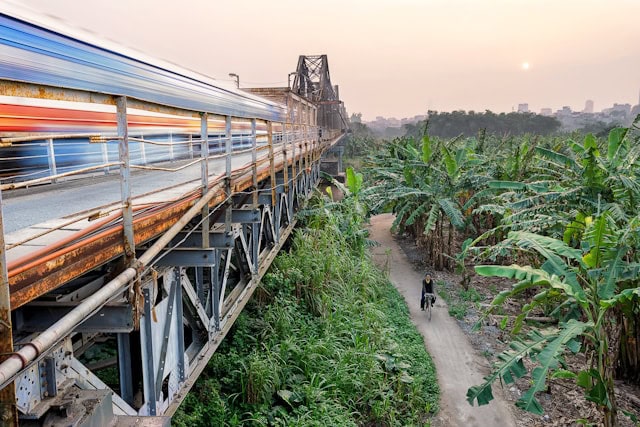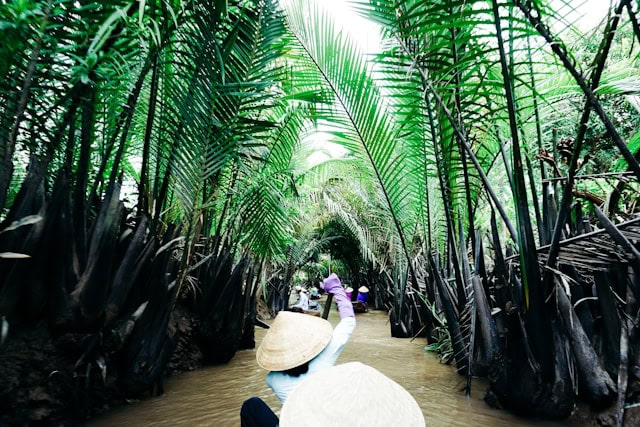Collaborative post.
Stretching over 1,600 kilometres from north to south, Vietnam offers travellers an incredible variety of natural, cultural and historical wonders. From the bustling streets of Hanoi to the productive waters of the Mekong Delta, Vietnam tours promise an unforgettable journey. Here’s a guide to many of the country’s highlights.
North Vietnam: Hanoi and Ha Long Bay
Vietnam’s capital, Hanoi, is a fascinating blend of old and new. The city’s Old Quarter is a maze of narrow streets where you can explore ancient temples, traditional markets and French colonial architecture.
The Ho Chi Minh Mausoleum is a key historical site and the resting place of Vietnam’s revolutionary leader. Hanoi is also known for its street food. Head to one of its local street food markets to savour a bowl of phở, some bánh mì or another local city special.
On the coast, a few hours east of Hanoi, lies Ha Long Bay. This UNESCO World Heritage Site is famed for its stunning emerald waters and towering limestone islands. A boat cruise is the best way to experience its beauty, with options ranging from day trips to overnight stays on a traditional junk boat. You can even kayak through its caves and hidden lagoons to get a unique perspective of this natural wonder.

Central Vietnam: Hue, Da Nang and Hoi An
Central Vietnam is a fascinating region steeped in history and culture, some dating back hundreds and even thousands of years. Hue was the former imperial capital and is home to the stunning Imperial City – a sprawling complex of palaces, temples and tombs.
The Perfume River winds through the city, adding to its charm and elegance. A boat trip along the river is a special way to see the Thien Mu Pagoda and the tombs of past emperors lining its banks.
A short drive south brings you to Da Nang, a coastal city boasting sandy beaches and the magnificent Marble Mountains. These five marble and limestone hills are dotted with caves, tunnels and Buddhist shrines, offering both a spiritual and exploratory experience. Da Nang is also famous for its Dragon Bridge, which breathes fire and water in a spectacular display on weekend evenings.
Further south lies Hoi An, one of the gems of Vietnam. A beautifully preserved ancient town, Hoi An’s charming streets are lined with yellow-walled houses, lanterns, canals and traditional boats – the perfect setting for a leisurely stroll. Down the river, basket boat tours are a popular tourist attraction and lots of fun.
The town is also a hub for arts and crafts, including traditional lantern-making. On each full moon, the town comes alive with a colourful lantern festival reflecting on the water, creating a truly magical atmosphere.
South Vietnam: Ho Chi Minh City and the Mekong Delta
Still often referred to as Saigon, Ho Chi Minh City is the bustling economic heart of Vietnam. It’s an intriguing blend of modern skyscrapers, historic French colonial buildings and architecture from other key periods.

A visit to the War Remnants Museum offers a poignant look at the Vietnam War and insight into many aspects forgotten in Western history. Down the road, the Reunification Palace and Notre Dame Cathedral of Saigon are beautiful pieces of architecture.
Southwest of the city, the Mekong Delta is a vast network of rivers, swamps and islands where the vast Mekong River meets the South China Sea. It’s known as the ‘rice bowl’ of Vietnam due to its incredibly fertile land. A tour through its waterways offers a glimpse into the daily life of the locals, with visits to floating markets, traditional villages and fruit orchards.
Photo’s courtesy of Unsplash






